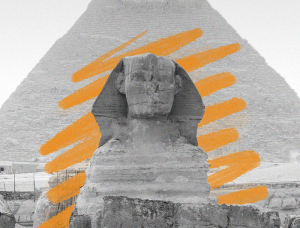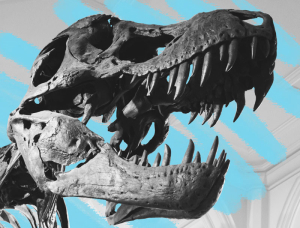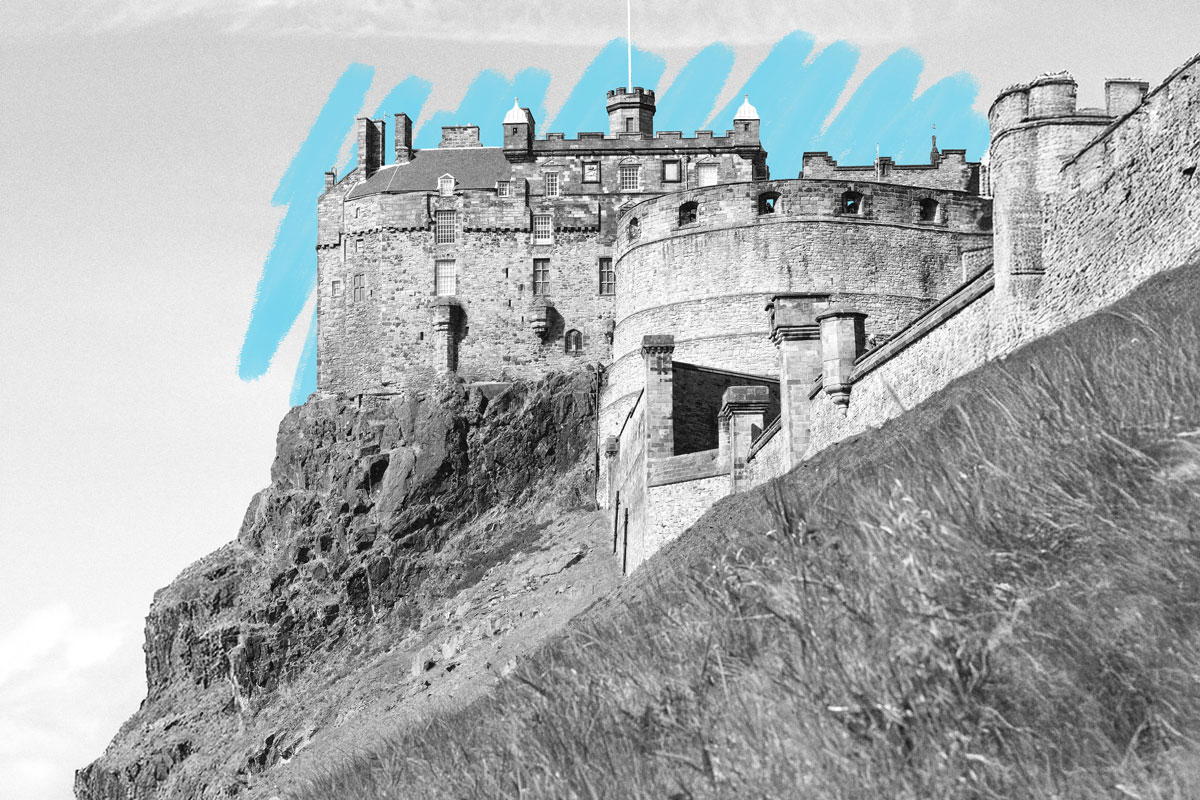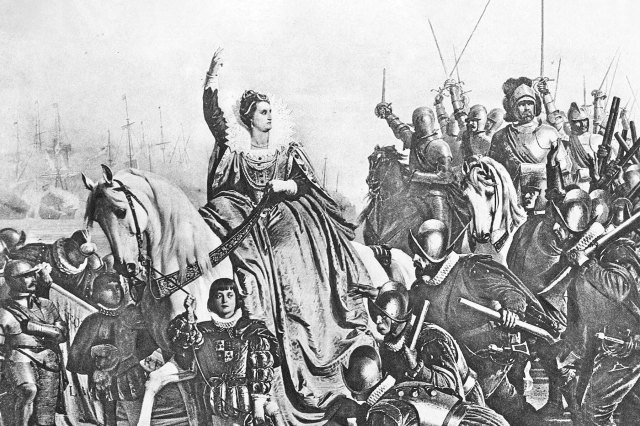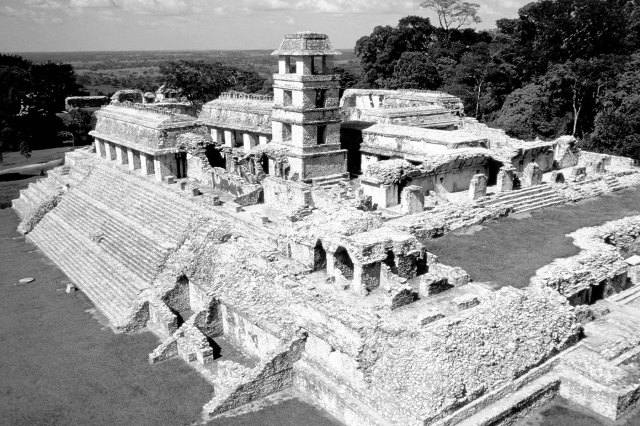Edinburgh Castle is built on an extinct volcano.
Edinburgh Castle, where Scottish monarchs lived for hundreds of years, sits atop an imposing rock outcropping called Castle Rock. Along with the Royal Mile, a hilly thoroughfare gently sloping down one side of the castle, it’s one of Scotland’s biggest tourist attractions. But for a long time, it was just an incredibly convenient rock, from a defensive standpoint, with sheer cliffs along three sides. Ancient people started using it in the Bronze Age, and flattened its top around 900 BCE.
What those ancient people didn’t know is that hundreds of millions of years prior, that rock was the inside of a volcano. During the Carboniferous Period, roughly 340 million years ago, the volcano went dormant (and eventually extinct) and the magma inside solidified. That left what geologists call a volcanic plug, a rock formation that’s exceptionally sturdy and erosion-resistant — the perfect eventual location for a stronghold. As glaciers shaped the Scottish landscape, the sturdy dolomite plug stood steady as most of the sedimentary rock around it eroded away. Some of the sedimentary rock on the eastern side, now the Royal Mile, was protected by the plug.
Scottish tribes built a massive fortress atop Castle Rock in the late Roman era, which traded hands among the tribes a few times and eventually expanded into a more traditional castle in the Middle Ages. Today, the earliest building still standing dates to the 12th century.

